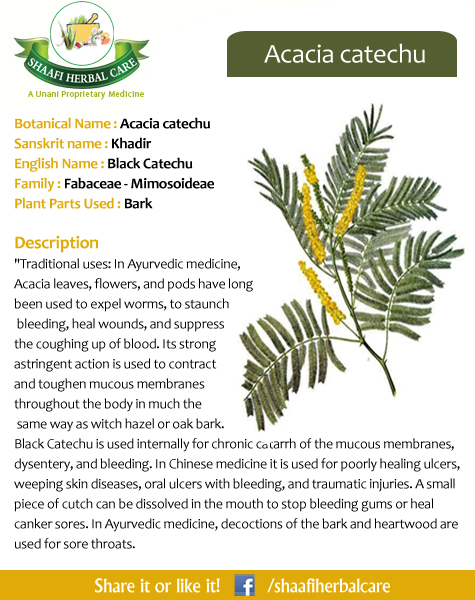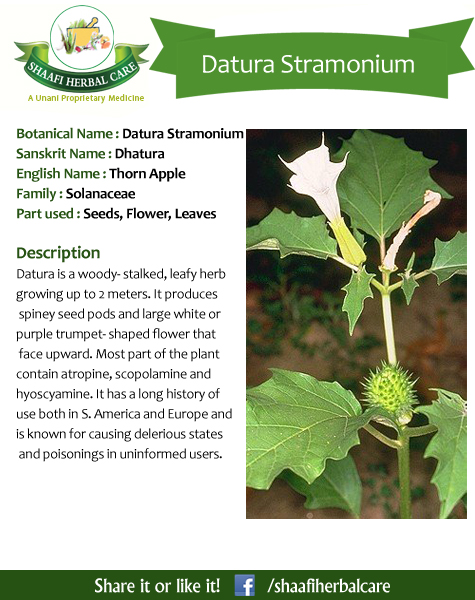
Description of Acacia Concinna :
“Traditional uses: In Ayurvedic medicine, Acacia leaves, flowers, and pods have long been used to expel worms, to staunch bleeding, heal wounds, and suppress the coughing up of blood. Its strong astringent action is used to contract and toughen mucous membranes throughout the body in much the same way as witch hazel or oak bark.Black Catechu is used internally for chronic catarrh of the mucous membranes, dysentery, and bleeding. In Chinese medicine it is used for poorly healing ulcers, weeping skin diseases, oral ulcers with bleeding, and traumatic injuries. A small piece of cutch can be dissolved in the mouth to stop bleeding gums or heal canker sores. In Ayurvedic medicine, decoctions of the bark and heartwood are used for sore throats.
Decoctions made from the powdered leaves, stems, and pods are taken for shigella, malaria, dysentery, and diarrhea. The brew is both antimicrobial and anti-inflammatory.
An infusion of the flowers and leaves is taken for gastrointestinal inflammations. The flowers are also sedating.
The roots make a mucilaginous tea that is both antibacterial and anti-inflammatory. It helps soothe mucous membranes from the mouth through to the anus, reducing inflammation and attacking microbial infections.
Catechu is an herb. The leaves, shoots, and wood are used to make medicine. The two types of catechu, black catechu and pale catechu, contain slightly different chemicals, but they are used for the same purposes and at the same dose.
Catechu is used for diarrhea, swelling of the nose and throat, dysentery, swelling of the colon (colitis), bleeding, indigestion, osteoarthritis, and cancer.People apply catechu directly to the skin for skin diseases, hemorrhoids, and traumatic injuries; to stop bleeding; and for dressing wounds.Catechu is included in mouthwashes and gargles used for gum disease (gingivitis), pain and swelling inside the mouth (stomatitis), sore throat, and mouth ulcers.In foods and beverages, catechu is used as a flavoring agent.


